
Hasan Jasim – Are you seeing these winged creatures near your home? You might want to consider getting rid of them.
People across the eastern United States are waging war against a menacing invader that aims to destroy everything it touches. The spotted lanternfly, a seemingly harmless insect, is causing widespread havoc. If you encounter one of these highly invasive bugs, show it no mercy.
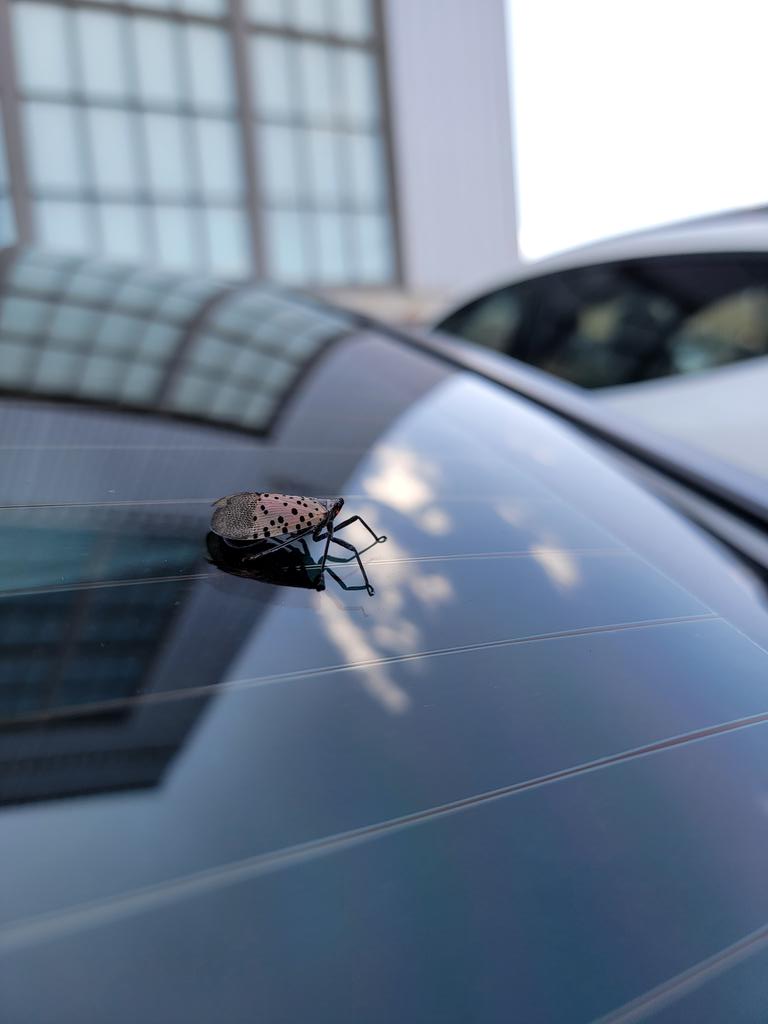
Keep reading to learn about the bug that you need to kill!
If you search for “lanternfly” on social media, you’ll find countless posts of people sharing their triumphs over these invasive pests. From running them over with cars to stomping on them, people are taking drastic measures to eradicate this threat.
What is the spotted lanternfly?
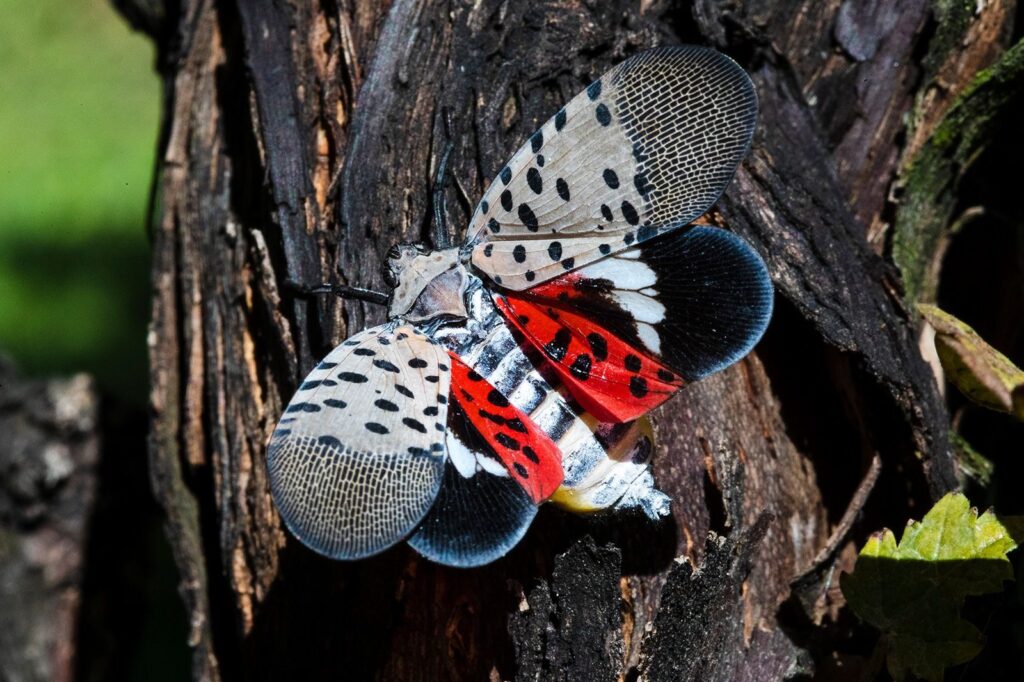
The spotted lanternfly, or Lycorma delicatula, is an invasive species that poses significant ecological and economic threats. Since its arrival from China in 2014, it has spread rapidly across North America, feeding on plants like fruit trees and hardwoods, and causing severe damage.
How to identify a spotted lanternfly:
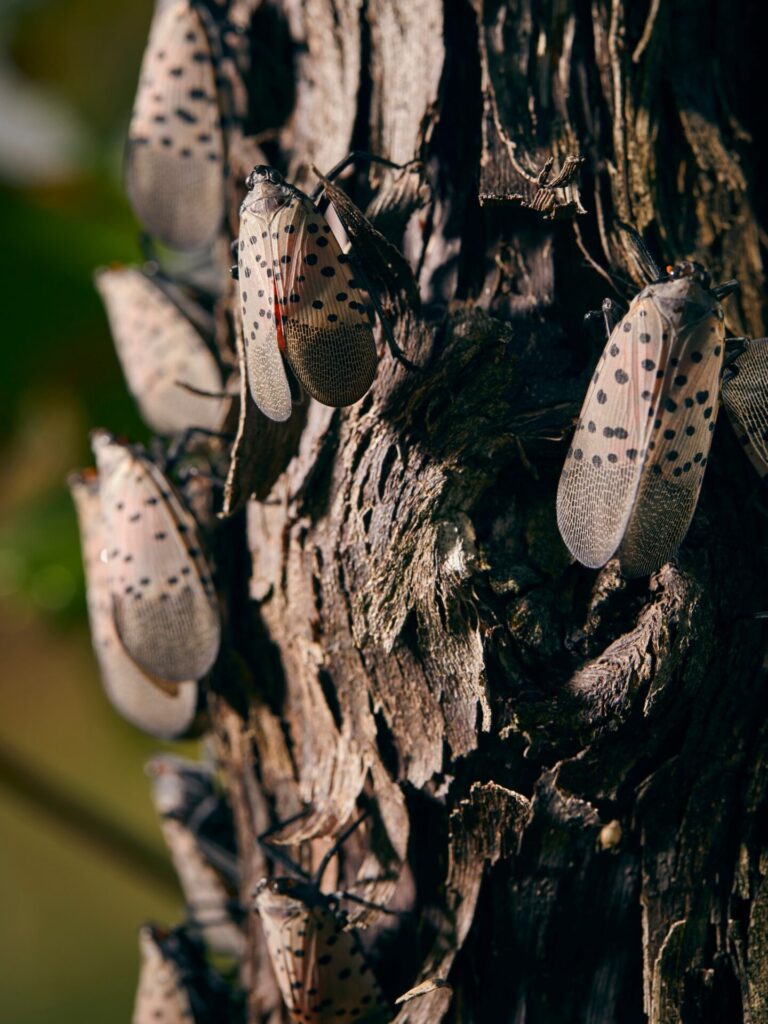
- Egg masses: Grayish or brownish masses covered in a waxy coating.
- Nymphs: Black with white spots, turning bright reddish with black borders and white dots as they grow.
- Adults: About one inch long with grayish forewings marked with black spots. Underwings are red with black spots bordered in white.
Impact on ecosystems and agriculture:
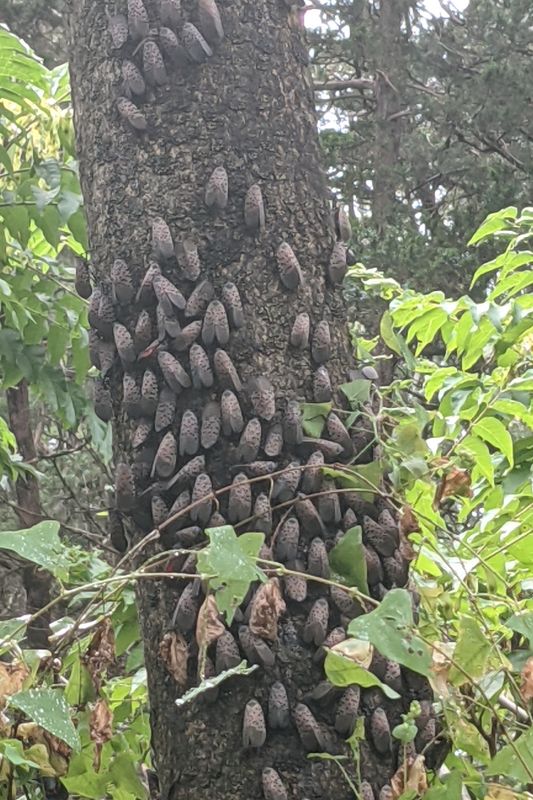
- Economic damage: The spotted lanternfly can cause severe damage to fruit crops and hardwoods.
- Ecological impact: By feeding on a variety of plants, it can disrupt local ecosystems.
How to control and kill spotted lanternflies:

- Scrape and crush: Remove egg masses and crush nymphs and adults.
- Follow regulations: If you’re in a quarantined area, comply with local regulations.
- Report sightings: Help authorities track and control the spread of the lanternfly.
Join the fight against the spotted lanternfly invasion!
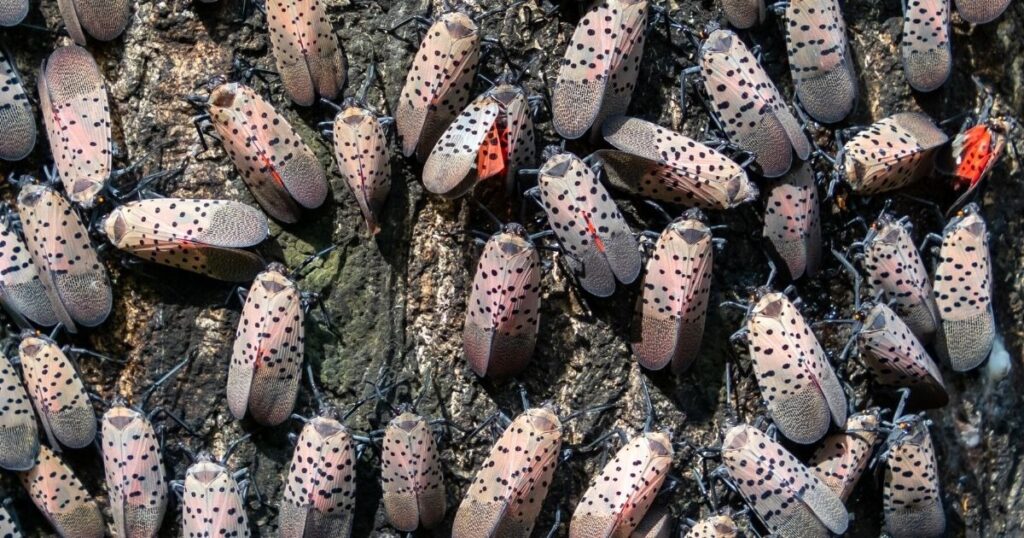
By taking action to control and eliminate these pests, we can protect our ecosystems and agriculture. Share this information with others to raise awareness and help prevent further damage.

Leave a Reply